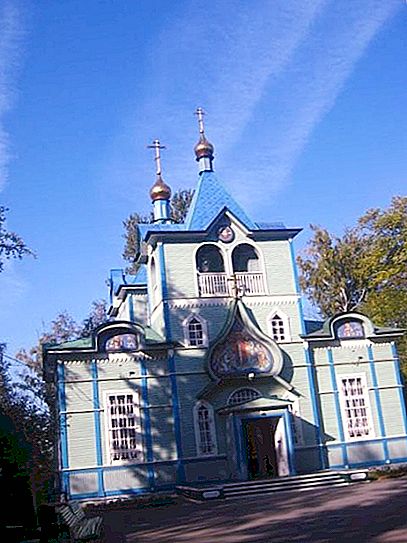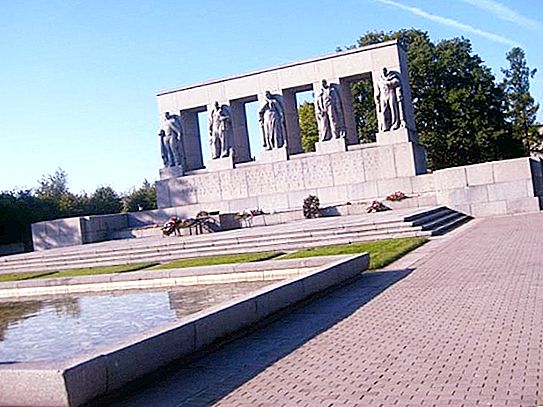Probably, in every city there are such memorable places that it’s not customary to show all the guests of the city, they don’t take sightseers there. However, they have a rich history and are of great importance for the past and present. Serafimovskoe cemetery (St. Petersburg) refers precisely to such attractions of the city.

It is located in the area that used to be one of the poor outskirts of St. Petersburg. At the end of the 19th century, peasants from neighboring villages settled here or those who decided to try their luck in a big city by coming to work. By that time, two cemeteries were already operating in the okrug: Blagoveshchenskoe and Novoderevenskoe. But the number of inhabitants grew and, sadly, all people are mortal. And therefore, over time, these cemeteries in St. Petersburg simply could not accept the new dead.
The question arose about the allocation of land and the construction of a new churchyard. The diocese acquired a site near the Primorsky Railway. It became the site of a new necropolis. Here, in 1906, the church was laid, and by the beginning of 1907 it was consecrated in the name of St. Seraphim of Sarov, one of the most revered Orthodox saints. And the churchyard was called "Seraphim cemetery." And the burial began even before the laying of the church, in 1905.

Serafimovsky cemetery served as the last refuge for poor peasants, soldiers of the First World War, who died at the front or in hospitals. For a long time it was one of the main urban necropolises. A huge number of "guests" found peace here during the Great Patriotic War - more than one hundred thousand soldiers and civilians.
The lion's share of their number fell during the siege of Leningrad. Trucks daily brought here mountains of corpses found on the streets of the city, heartbroken people came here to bury friends and relatives. Some time after the beginning of the blockade, it became clear that the Seraphim cemetery simply could not accommodate all those who met their end in the besieged city. Mass graves were transferred to Piskarevsky cemetery. As soon as the blockade was lifted, the church of Seraphim of Sarov filled the city with a two-day bell ringing, for the first time since it was banned from churches and cathedrals in 1933. By the way, throughout the war the church worked, instilling hope in the souls of believers. The only exception was 1942, when she replaced the morgue.

After the war, the territory of the cemetery was expanded. In our time, mass graves are no longer held on it. It remained the only one among three: Novoderevenskoe and Blagoveshchenskoe cemeteries were destroyed during the multi-storey development of the area. Now Serafimovskoe cemetery can be called a military memorial complex. In recent decades, soldiers who died in the performance of duty have been buried here. Many famous people - military, scientists, cultural figures - found here the last refuge.
Memorials serve as a tribute to the heroes of our country. This is a memorial ensemble in memory of the victims of the besieged Leningrad and the eternal flame in front of it, a memorial to the soldiers who died in Afghanistan, a monument to the dead crew members of the Kursk submarine, installed at the place of their burial.




